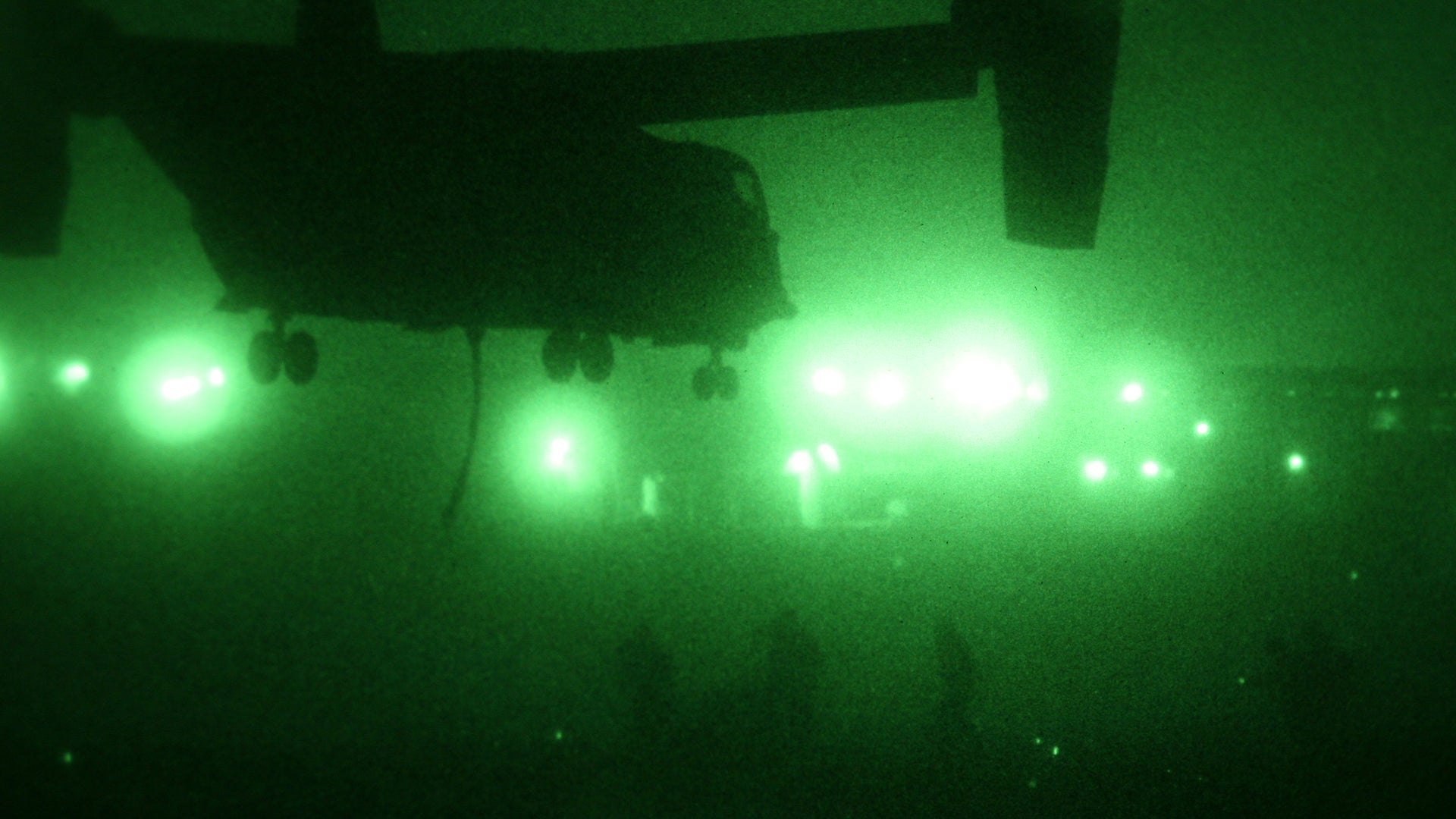US-backed Syrian fighters and US special operations personnel, along with a cadre of Marines, have been deployed to the al Tabqa Dam, also known as the Euphrates Dam, located roughly 25 miles west of ISIS’s self-proclaimed capital of al Raqqa. The dam and the nearby town that shares its name are placed along two highly strategic routes that if left unsecured could give ISIS militants an escape route out of al Raqqa once the offensive to take back the city officially begins.
The surprise deployment to the dam was said to have been largely made possible via US airlift capabilities and fire support. Although the number of troops involved in the operation remains unconfirmed, multiple reports put it around 500.
The dam provides electricity to the region, making it an especially high-value asset, and the BBC reports that a military airbase and a detention center holding prisoners of ISIS are also nearby. The airfield in particular could provide a valuable hub of operations for aircraft and command and control assets, not to mention a firebase, if it were to be secured by US-backed forces.

Blocking the western approaches to al Raqqa may block fleeing ISIS fighters, but it also could work to block Syrian, Russian and Hezbollah troops from approaching the Islamic State stronghold. The US has executed a similar strategy to the north in Manbij, a move that has resulted in US and Russian troops staring each other down at a distance, while Turkey has said a military operation to route Kurdish fighters from the city is on the table. To call the town that is held by US and Syrian Democratic Forces—which are made up primarily of Kurdish fighters—a potential international flashpoint would be an understatement.

This latest action comes after the Trump administration enacted a major uptick in US military operations in Syria, including deepening US troop commitments as well as the introduction of regular forces in the form of a USMC fire support base into the conflict. It also comes as airstrikes in and around al Raqqa have ramped up markedly in recent days. US special operators in the country have also been allowed to move far closer to the front lines than they had been allowed to in the past. Many more US troops could also be on their way to Syria as the force structure to support the fight for al Raqqa continues to coalesce.
Some see these moves as long overdue pointed actions that are required to deliver a final blow to the Islamic State. Others see them as an ominous sign of mission creep in what is an incredibly complex and bloody conflict that has become defined as much by its external influences as anything else.
Meantime, Secretary of State Rex Tillerson is leading a gathering of some 68 countries in Washington who have come together to discuss reforming a strategy to eliminate ISIS. It is the biggest gathering of its kind since the US waded into the fight against the Islamic State years ago. In early 2016, the Obama administration executed a similar meeting of the minds regarding ISIS, the results of which were underwhelming.
Tillerson stated during the summit that the US is committed to setting up “interim zones of stability” in Syria for refugees returning home. Exactly how, where or when such a concept would be enacted remains unclear. If the US intends to lead such an operation it could mark yet another massive increase in US involvement in the conflict. Without Russian, Syrian and even Turkish cooperation, such a plan could also become another potential international flashpoint.
Although the Turmp administration still says their anti-ISIS strategy is developing, we are starting to see a larger penchant for risk than the Obama administration was willing to assume during its time dealing with the ISIS and Syrian issues. Whether or not these gambles will pay off is another matter. On one hand this change in strategy could knock ISIS a massive blow, one that could deny the terror group from any major territorial claims in Syria or Iraq. Also, a more aggressive US strategy in Syria could “get it over with” so the US could leave and let the remaining factions battle out their own agendas. On the other hand it could draw the US not just into a bloody siege against ISIS, but into a complex and chaotic civil war that has elevated itself to an international level—a volatile and crude “game of thrones” that could leap borders and quickly spread to a much larger and higher stakes venue.
Contact the author: Tyler@thedrive.com

